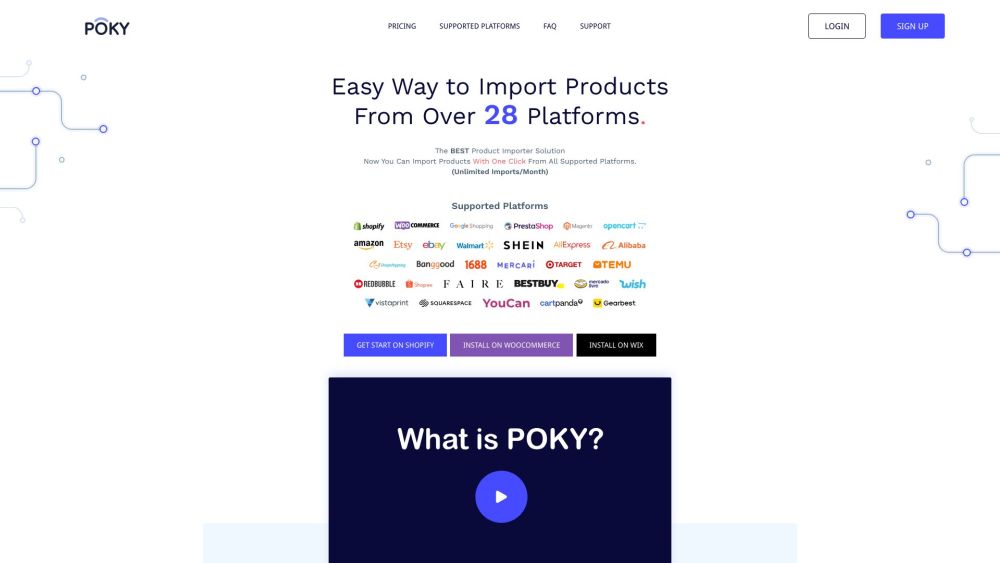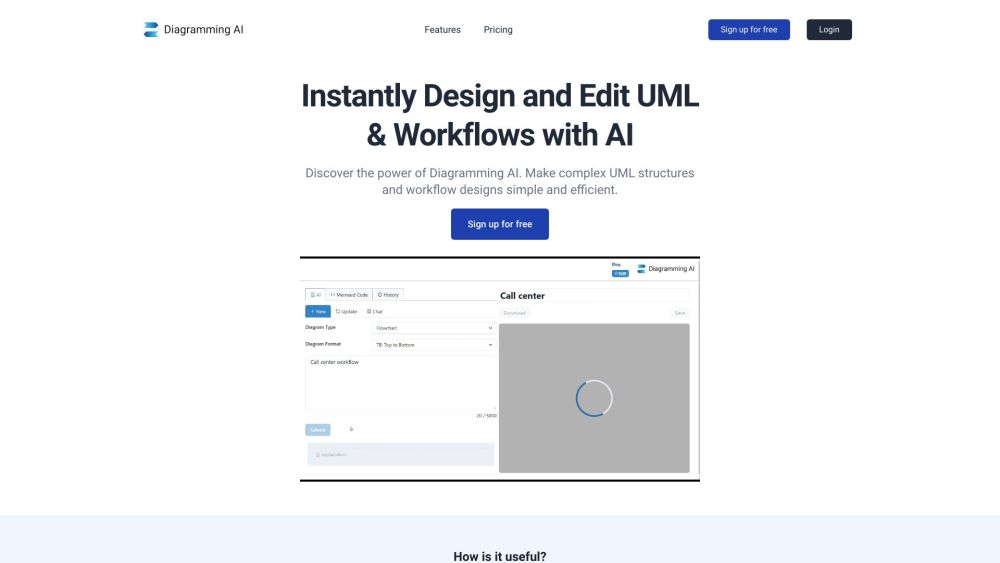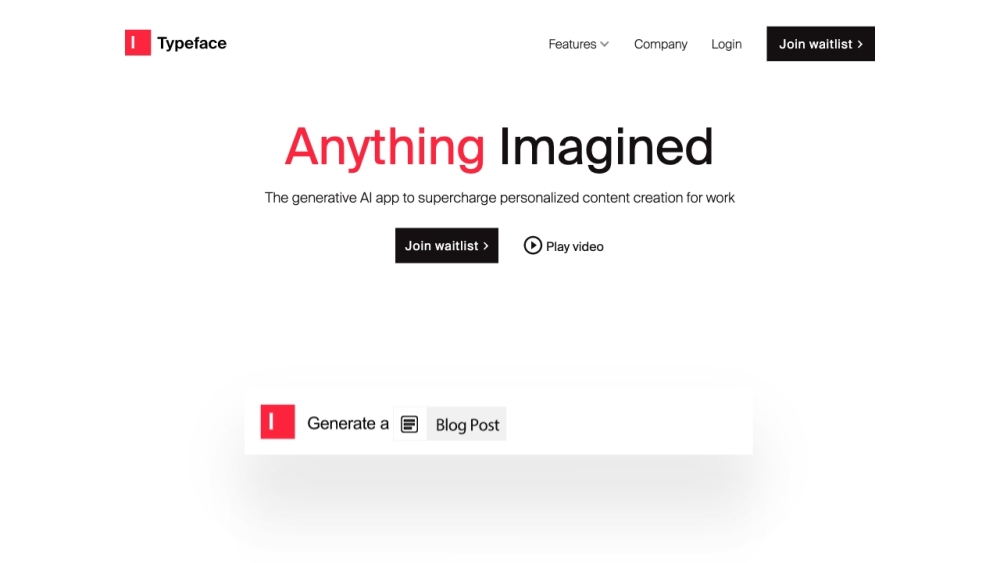Innovative AI Gadget for Household Waste Tracking: Meet Binit
Early attempts to create dedicated hardware for artificial intelligence (AI) have often faced criticism for underwhelming performance. However, a new AI device is stepping up to the challenge in a unique way: Finnish startup Binit is leveraging advanced large language models (LLMs) for image processing to tackle household waste management.
Transforming Household Waste Management with AI Technology
AI has become increasingly popular in sorting waste to improve recycling efforts at both municipal and commercial levels. Numerous startups, including Greyparrot, TrashBot, and Glacier, have tried to carve a niche in this area. Yet, according to Binit’s founder, Borut Grgic, household trash tracking remains an untapped market.
“We’re creating the first household waste tracker,” Grgic states, comparing it to a sleep tracker, but focused on your waste disposal habits. “Our device uses camera vision technology powered by a neural network, utilizing LLMs to recognize everyday household waste items.”
Founded during the pandemic, Binit has attracted nearly $3 million in funding from angel investors. The startup is developing an AI device designed to be conveniently placed in kitchens, mounted on cabinets or walls near trash disposal areas. This battery-powered smart gadget is equipped with cameras and sensors, activating when users are near, allowing them to scan items before disposal.
Grgic explains that the team relies on commercial LLMs, primarily OpenAI’s GPT, for superior image recognition. By tracking what users dispose of, the app provides analytics, feedback, and gamification elements—like weekly waste scores—to motivate individuals to minimize their waste.
Initially, Binit attempted to create its own AI model for waste recognition but found the accuracy to be around 40%. Now, with OpenAI’s capabilities, they’ve achieved nearly 98% accuracy in recognizing trash.
Revolutionizing Waste Recognition and User Engagement
Binit’s founder admits he’s uncertain why the recognition works so effectively. It’s unclear if a wealth of trash images in OpenAI’s training data contributes or if the volume of data allows it to identify various items accurately. “The accuracy is impressive,” he claims, suggesting that the high performance during testing may stem from scanning common objects.
“It can even determine if a coffee cup is lined based on its brand,” he explains. Users are prompted to hold items in front of the device, allowing it to capture images from multiple angles before they throw them away.
Scanned waste data uploads to the cloud, where Binit analyzes the information and provides actionable insights. Basic analytics will be offered for free, with plans to introduce premium subscription features in the future.
Additionally, Binit aims to position itself as a data provider regarding consumer waste patterns—a potentially valuable resource for organizations focused on packaging and waste reduction, provided they can scale their user base.
Addressing Concerns About Consumer Technology for Waste Management
One question arises: Do consumers really need a sophisticated device to remind them about their plastic waste? Most people are generally aware of their consumption habits and the importance of reducing waste.
“It’s about habits,” Grgic argues. “While we know it’s important to cut down on waste, we often don’t act on that knowledge.”
Just as many understand the benefits of sleep but still rely on sleep trackers to encourage better habits, Binit’s testing revealed a 40% reduction in mixed waste when users engaged with the transparency the product offers. This reflects how Binit's approach can help reshape ingrained waste management habits.
The app will provide users with both analytical insights and information on reducing waste. For personalized recommendation suggestions, Grgic intends to integrate LLMs that consider users' locations.
“For instance, when users scan packaging, the app generates a card detailing what has been discarded, such as a plastic bottle, alongside local alternatives to reduce plastic consumption,” he elaborates.
Grgic also sees potential partnerships with influencers in food waste reduction to amplify their message.
Embracing Sustainable Practices with Binit
Binit’s product embodies a movement away from “unhinged consumption,” as Grgic describes it, aligning with a growing focus on sustainability. It aims to shift the mindset away from a throwaway culture toward more mindful consumption, reuse, and recycling, ensuring environmental protection for future generations.
“I feel like we’re on the brink of a significant shift,” Grgic suggests. “People are beginning to question: Is it really necessary to discard everything? Or can we shift towards repairing and reusing?”
Could such a concept be implemented via a smartphone app? Grgic contends that the preference depends on the household. While some families may opt for a smartphone for convenience during meal prep, others might appreciate a dedicated hands-free trash scanner.
Interestingly, Binit plans to offer the scanning feature for free through the app, providing users with versatile options.
Currently, Binit is piloting its AI trash scanner in five U.S. cities (New York City, Austin, San Francisco, Oakland, and Miami) and four in Europe (Paris, Helsinki, Lisbon, and Ljubljana—Grgic’s hometown). The team is gearing up for a commercial launch this fall, primarily targeting the U.S. market, with a price point around $199—considered a “sweet spot” for smart home devices.
This article was updated to correct the location of Ljubljana, which is in Slovenia, not Slovakia. We apologize for the error.





